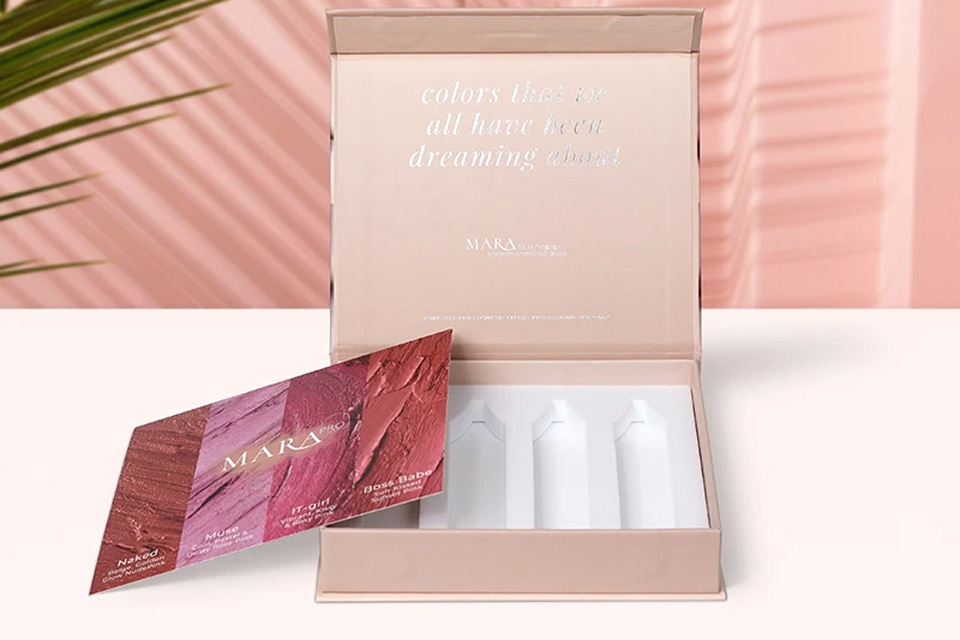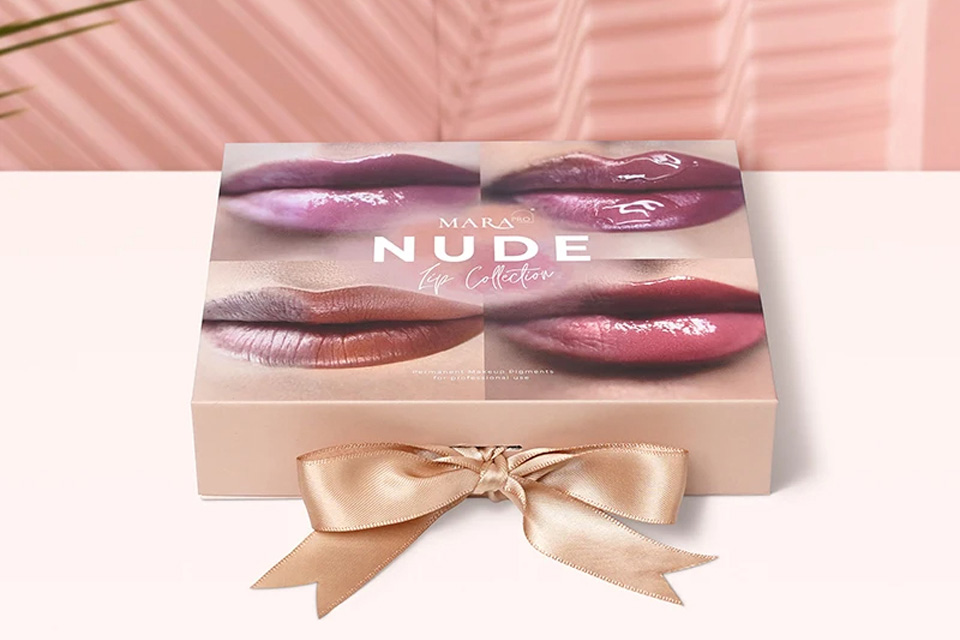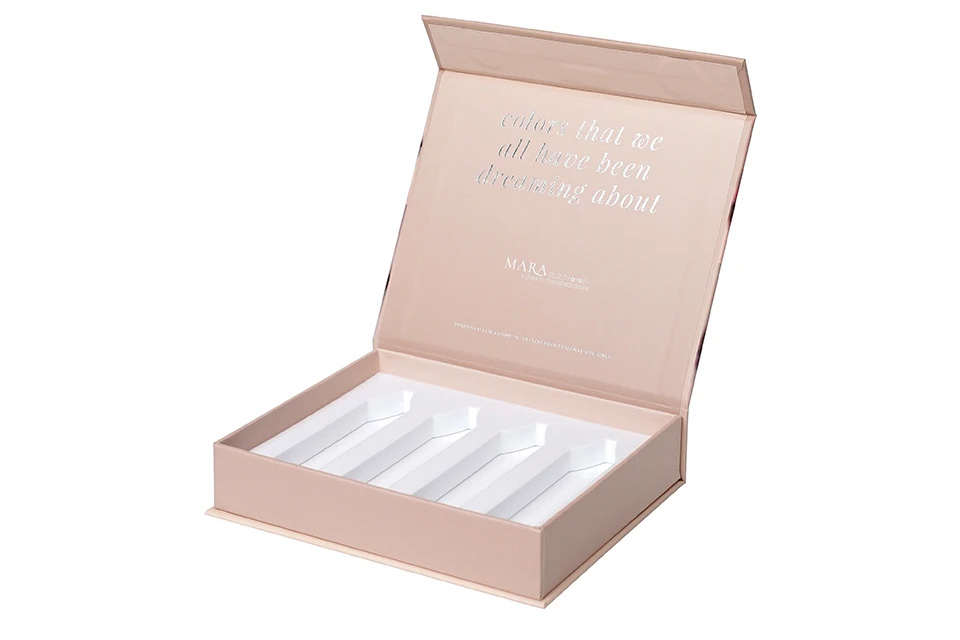Creativity and quality are equally important: Unlocking the five core strategies of gift packaging design
Abstract
Today, with the booming gift economy, packaging has been sublimated from simple functional protection to a carrier of brand value and a medium for emotional transmission. This article focuses on the five core elements of gift packaging design - appearance consistency, visual appeal, information intuitiveness, emotional resonance, and brand knowability, and combines cutting-edge industry cases and authoritative research to explore how to improve product competitiveness through design strategies. The article cites the practices of Coca-Cola, Shanghai Jielong Art Printing and other companies to analyze the relationship between packaging materials, craftsmanship and aesthetics, and provide a systematic reference for brands to create packaging solutions that have both artistic and commercial value.
1. Appearance consistency: the visual cornerstone of building brand memory
The three-dimensional form of the packaging needs to achieve multi-angle visual unity, such as the business gift box adopts a six-sided continuous pattern design to ensure a complete brand narrative when displayed. The flip-top gift box process of Shanghai Jielong Art Printing, through the precise coordination of paper mounting printing and gray board structure, keeps the packaging stable in shape during the opening and closing process, avoiding the defect of easy deformation of traditional paper boxes. Research shows that serialized packaging can increase brand recognition by more than 40% through unified graphic elements and differentiated size combinations (Packaging Engineering 2024 Annual Report).
2. Visual appeal: from color psychology to spatial narrative
- Color impact and balance rules
New brands use contrasting colors of bright red and sky blue to retain the festive atmosphere, while neutralizing the visual pressure of red with 72% saturation blue, which increases the attention rate of packaging on the shelf by 3 times. In children's gift packaging, candy color combinations with a brightness higher than 70% can stimulate dopamine secretion and trigger immediate purchase desire.
- Perceptual revolution of three-dimensional shape
The design that breaks through the traditional rectangular structure expands the product premium space by 23%. For example, a certain technology brand designed the power bank packaging into a space capsule shape, and transformed the functional packaging into a collectible work of art through curved UV printing and magnetic opening and closing structure. According to data from the Japan Design Association, the secondary dissemination rate of bionic packaging (such as fruit-shaped gift boxes) is 58% higher than that of conventional packaging.
3. Information Intuition: Visual Language of Cross-Cultural Communication
-
Material is Information The metallic luster of aluminum foil conveys a sense of high-end, and the texture of cotton and linen awakens natural associations. This "zero text communication" strategy has increased the acceptance of cross-border gift packaging by 67%. For example, the Yunnan Pu'er tea brand uses handmade mulberry bark paper for packaging. Its fiber texture directly conveys ecological attributes, and the tea vein pattern with hot stamping technology forms a "visible quality promise".
-
The persuasiveness of hyper-realistic graphics German neuroaesthetics experiments have confirmed that macro photography patterns with an accuracy of 600dpi can increase consumers' trust in the freshness of products by 82%. A chocolate brand presents a microscopic image of the cross-section of cocoa beans on the outer packaging, and with the touch embossing process, it constructs a complete quality narrative "from planting to finished product".
4. Emotional Resonance: From Functional Packaging to Emotional Carriers
-
Interactive Emotional Touchpoints The tearable blessing layer, magnetic hidden card and other designs transform the unboxing process into an emotional experience ritual. A wedding brand sets up a photo slot on the inner layer of the packaging, so that consumers can replace the photos of the newlyweds, making the packaging a carrier of the continuation of the love story.
-
Modern translation of cultural symbols The "Sun and Moon Shine Together" Mid-Autumn Festival gift box of the Palace Museum Cultural and Creative deconstructs the traditional enamel pattern into a geometric illustration, and forms a moonlight gradient effect through local cold stamping technology, which not only retains 73% of the cultural recognition, but also meets the minimalist aesthetic preferences of young groups.
5. Brand knowability: from LOGO exposure to value communication
-
Hidden logo system Coca-Cola uses the "red proportion rule" on gift packaging. Even if the complete LOGO does not appear, only 31% of the iconic red area and customized ribbons are retained, and 98% of the brand recognition can still be achieved. Data shows that this "de-LOGO" design increases the social sharing rate of packaging by 41%.
-
Externalization of the value of sustainable packaging The packaging is printed with FSC-certified paper and soy ink, and the packaging box is converted into a storage box for reuse through a detachable structure design. A maternal and infant brand thus obtained the "Green Packaging Pioneer" certification, and while the average customer price increased by 29%, the customer retention rate increased by 52%.
Summary
Gift packaging has entered the era of "five senses marketing". Excellent design needs to achieve a triple balance of aesthetic value, functional innovation and brand strategy in a small space. From the tactile optimization of material selection (such as the application of special paper by Shanghai Jielong), to the emotional awakening of the color system (refer to the Pantone annual popular color report), to the younger expression of cultural symbols (the case of the Palace Museum's cultural and creative industry), every detail is an opportunity for the brand to communicate with consumers. In the future, packaging design will pay more attention to the creation of the "unboxing ritual" and the visualization of environmental protection value, so that packaging is not only a container, but also a lasting disseminator of brand value.
 English
English Español
Español Português
Português Pусский
Pусский Français
Français Deutsch
Deutsch 日本語
日本語 한국어
한국어 Italiano
Italiano عربى
عربى


